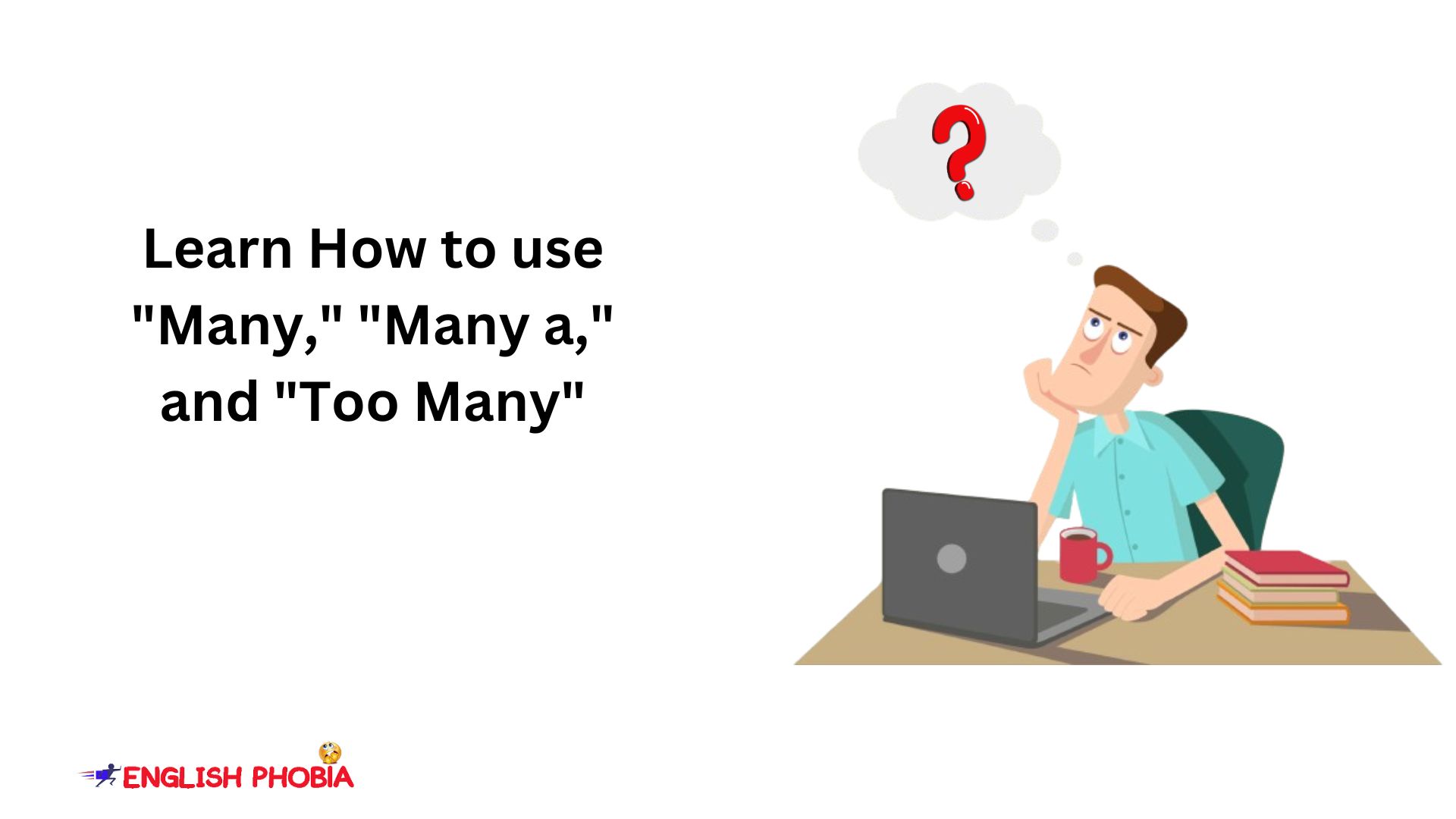Do you know how to appreciate someone’s quality or his helpful efforts for you? We often wish to commend people on the basis of their behavior, helpful nature or any extraordinary skill or talents. We need to use adjectives for doing it. Let’s learn what an adjective is and how to use it.
What is adjective meaning and definition?
An adjective is a part of speech that modifies as well as describes a noun or pronoun by giving more information about its characteristics, qualities, or attributes.
What is adjective definition?
Here is the simple definition of adjective for you.
Adjectives are simple words that we use to modify the color, size, shape, texture, personality, and emotions of a noun and pronoun.
Let’s understand adjective meaning with an example. You can also learn 10 kinds of adjectives with definitions and examples.
She is beautiful. The adjective “beautiful” describes the personality of a woman.
Adjective Examples
There are several adjective examples given for clarity about adjectives and usage.
1. He has an expensive laptop.
2. She had better buy a new phone for her.
3. They have an adorable baby.
4. Her handwriting is beautiful.
5. His performance is commendable.
6. The manager possesses extraordinary talent.
7. You have excellent communication skills.
8. My wife wore a stunning black dress to the wedding.
9. He has an attractive personality.
10. My friend is tall, intelligent, and faithful.
The above sentences display various adjectives used in sentences at various places giving more information about a noun or pronoun.
What are adjectives’ positions?
In English, we use adjectives at different places depending on the sentence and adjective’s meaning. However, there are three main positions of adjectives.
1. Attributive position: The adjective comes before and noun in this position. It can describe both a subject and an object.
1) An intelligent boy takes his decisions wisely.
2) People wish for a luxurious lifestyle, not for peaceful or a healthy life.
3) A foolish person spends his money on unnecessary things.
2. Predicative position: we use the adjective that comes after a verb. It usually describes the subject of a sentence.
1) Her food tastes delicious.
2) She looks so beautiful in black.
3) He seems to be busy these days.
3. Postpositive position: The adjective comes after the noun in this position. They are often used to create a more formal or literary style of writing or to emphasize a particular quality of the noun.
1) The girl beautiful as an angel is my soul mate.
2) A man is handsome when he does handsomely.
3) The languages spoken across the world are attractive.
Types of adjectives
Although there are various types of adjectives in English grammar. We have categorized them to make it easier for the students to learn.
There are 10 types of adjectives.
1. Proper adjective
2. Adjective of numbers
3. Emphasizing adjective
4. Adjective of quantity
5. Adjective of quality
6. Interrogative adjective
7. Possessive adjective
8. Demonstrative adjective
9. Distributive adjective
10. Participle adjective
Additional Types of Adjectives
There are two additional types of adjectives in English exists.
1. Coordinating adjective
2. Cumulative adjective
What are the degrees of adjectives?
We use the degrees of adjectives to compare things on the basis of their quality. We have three degrees of adjectives: positive, comparative, and superlative.
1. Positive degree: This is the simplest form of an adjective, used to describe a single noun without comparison to anything else.
For example:
His handwriting is attractive.
People are clever and selfish.
They are helpful in nature.
2. Comparative degree: This form of the adjective is used to compare the qualities of two nouns. We make the comparative degree to add ‘ER’ at the end of an adjective with more syllables and ‘More’ with two or more than two syllables.
3. Superlative degree: This form of the adjective is used to compare the qualities of three or more nouns. We add ‘EST’ at the end of an adjective with one syllable and ‘Most’ with more than 2 syllables.
Some degrees of comparison rules to keep in mind:
1) In The adjectives that end in “-y” we change the “y” to “I” before we add “-er” or “-est”. For example;
Happy, happier, and happiest.
Busy, busier, busiest
Early, earlier, earliest
2) Some adjectives have irregular comparative and superlative forms, such as
Good, better, best
Bad, worse, worst
Little, less, least
3) If the adjective is already a comparative form (ending in “-er”), the superlative is formed by adding (-est “the” before it. For example;
Faster, the fastest
Easier, the easiest
Sweeter, the sweetest
Adjectives can be used to express different degrees of comparison, such as comparative (e.g., “faster”) or superlative (e.g., “fastest”).
Comparative and Superlative Adjectives Rules
Comparative and superlative adjectives are used to compare two or more things in terms of their characteristics, quality or quantity. Here are some comparative and superlative adjectives rules explained with examples.
Comparative Degree
The adjectives with one syllable are used as a comparative degree after adding –er with it.
We use the comparative degrees to compare.
Green, greener
Fast, Faster
Red, redder
Sweet, sweeter
Great, greater
For example,
1. She is greater than he.
2. People of India are greater than that of others.
3. Her voice is sweeter than mine.
4. My best friend is taller than I.
5. Neha is wiser than her sister.
2. when the adjective has more than one syllable, we add more to make a comparative degree.
Beautiful, more beautiful
Handsome, more handsome
Recalcitrant, more recalcitrant
For example;
1) She is more satisfied with her job than her colleague.
2) My brother is more intelligent than his friend.
3) The students are more determined to pass this time.
Superlative Degree
We use superlative adjectives to compare more than two things or people to show our superiority.
For adjectives with one syllable, we add “EST” at the end of it.
Green, greener, greenest
Fast, faster, fastest
Red, redder, reddest
Sweet, sweeter, sweetest
Great, greater, greatest
For example;
1) APJ Abdul Kalam was the greatest scientist of his era.
2) Bullet trains are the fastest medium of transport on land.
3) She is the wisest team leader in our company.
4) Aman is the tallest boy in his area.
5) Elon Musk is the richest person in the world.
Let’s discuss adjective grammar rules to use them.
1) For adjectives that end in -y, the -y is usually changed to -i before adding -er/-est. For example,
Happy, happier, happiest”.
2) For adjectives that end in -e, only -r/-st is added. For example,
Brave, braver, bravest
3) For adjectives that
end in a consonant followed by -y, the y is changed to I before adding
-er/-est.
For example, busy, busier, busiest
4) Some adjectives are irregular and do not follow these rules. For example;
Good, better, best
Bad, worse, worst
Little, less, least
I hope after going through this article you may have understood the adjective meaning and examples.
Conclusion
Overall, adjectives play an important role in enhancing the clarity and expressiveness of language, helping to convey more precise and nuanced meanings in writing and speech.











